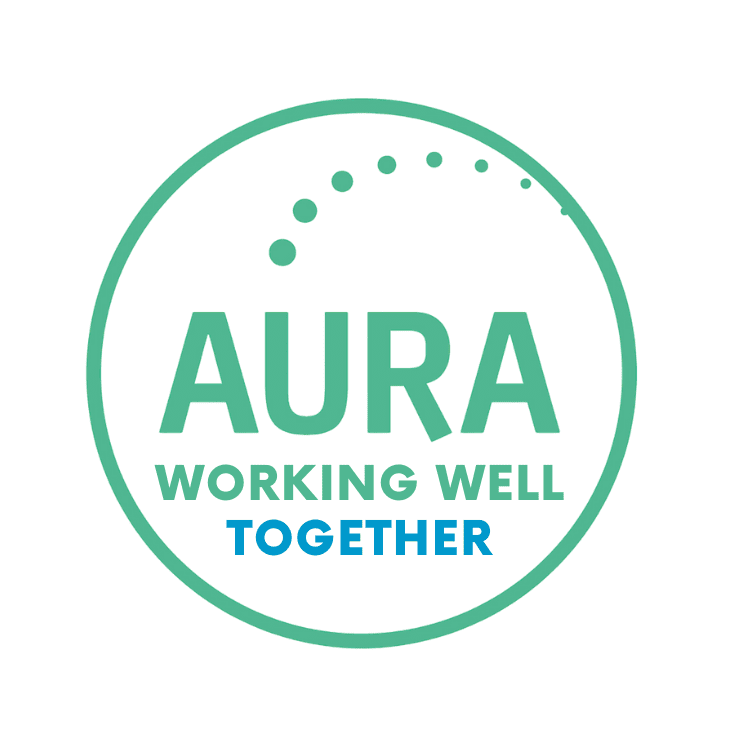VoC’ or ‘Voice of the Customer’ reports are becoming an increasingly popular topic. But what is a VoC report and do you really need one?
What is a Voice of the Customer Report?
VoC reports are simply a synopsis of what your Customer’s are saying. A good VoC report allows you to ascertain how your Customers feel about your business, the service you provide or the products you sell.
It should give you:
- Quantitative information to use as a metric of tracking your Customer Satisfaction.
- Qualitative information to convert into tangible business improvements that matter to your Customers.
So do you really need this information?
YES!!!! If you have a business that has Customers (I have tried to think of a business model that does not and can’t so this means YOU) then you need to know what they think and say about you for two main reasons:
- Customer Loyalty – your customers will be loyal if you listen to them and amend your product/service to their wants and needs.
- Your Company Reputation – the way that people communicate has changed. If a Customer had a bad experience in the past they would probably moan to you and a few of their friends, causing limited damage to your company profile. The introduction of the Internet means people can moan to the whole world about you, with immediate impact.
A VoC report will not stop this from happening. What it does do is allow you to deal with issues directly and rectify them for the future. Everyone makes mistakes – it is how you deal with them that has the final impact on your Customer.
Where should I get this VoC data from?
It depends on what sort of Company you are and who your target audience is. Online businesses are different from offline ones and you need to tailor your approach to your Company.
The first step in gaining information for a VoC report is to identify your Key Customers. These people may be the ones who bring in the most business either directly or through association. They could be high revenue Customers, hubs of networks or the people who shout the loudest when things go wrong.
The point is to identify who adds the most benefit to your business or could introduce risk to your business.
The next step is gaining the information. There are many ways to gauge your Customers opinion and a good VoC report should be both qualitative and quantitative. You will need one or two different techniques to get a full insight into their opinions.
Here are the three I think are a ‘must-have’ for any good report:
- Talk to them directly: call your key Customers and arrange a suitable time for a feedback session, either face to face or via Skype. By having a conversation with them you can get to the nitty gritty of what matters to them as people and how you can help make their lives easier. Ask open questions and let them lead the conversation so you can truly get an insight into what makes them tick. Sounds simple, and it’s a great relationship building opportunity, but it’s actually quite difficult. The hardest thing is to sit and take feedback directly, especially if it is negative. Think carefully about how you would react to someone telling you that you’re rubbish before you pick up the phone – if it’s badly then don’t! This method only gives you a qualitative response so you need to consider some of the other options to gain quantitative information.
- Feedback Surveys: conducting feedback surveys means you can ask both quantitative questions and for verbatim feedback. Ideally the questions would be based around the reaction from your direct contact with Customers or to ask about changes to your company/service/business. This will give you a high level overview of what Customers think. The minimum number of responses that you need to make statistical inferences from your data is normally 50. Your survey should contain a mixture of open and closed questions. Warning: you have to be careful of the wording of the questions so the questions do not directly influence the answer. The closed questions should normally request your customer to give a quantitative response and the open ones are to drill into the meaning behind the scores.
Example of a closed question:
Please would you rate your overall experience of Border Crossing Media where 5 = excellent; 4 = good; 3 = average; 2= quite poor; 1= very poor.’
Example of an open question:
‘Now can you please tell me why you rated your experience at that level?’
Or
‘What could we have done to make your experience a 5?’
- Listen to what they are saying about you: there are so many ways for people to share what’s on their mind it has become hard to track what is out there about your company. Gone are the days where you could buy a set of papers and quickly flick through looking for your company’s name. Now there are so many social networking sites not to mention blogs how can you stay on top of it all without employing someone full time? Well there are some good listening tools that will do most of the hard work for you. Finding the right tool depends on your company and how much time you have to dedicate to it. Google have some great free tools that you can use to track keywords, such as your company name, products or even individuals. You can also utilise the various social media listening tools. Many of these are free and quite new. I personally use TweetDeck as it allows me to monitor our company on Twitter, Facebook, MySpace and LinkedIn. We are currently testing a load of other listening tools and will give our opinions of those in the coming future. My advice is give it a bash for a week and if it isn’t working there will be another tool out there that will.
The information from all these sources, plus any additional ones should then be pulled together into a comprehensive report that will give you a greater insight into your Customer Satisfaction and how to make your business better.
Do I need my own Voice of the Customer or should I use an external company?
The honest answer to this is it depends on the size of your Company, your focus on Customer Service and how confidential you want this information to be.
If you are a large multinational company that relies on the confidence of your consumers I would suggest that you employ a VoC to collate this information and track it on a monthly/quarterly period to gain an insight into the Customers’ opinion over time. Your VoC has to be an intermediary who has excellent listening and analytical skills. They also have to have a hard skin and take negative feedback in the appropriate fashion. You will need someone who will understand that your Customers’ perception is the most important thing – a good VoC will drill down into why that Customer has that perception rather than telling the Customer that they are wrong. A good VoC should be able to see what is important to your Customers and share that information with you accurately and concisely, allowing you to then implement the changes that matter.
There are however several scenarios where it may be better to employ an external party to undertake these reports for you:
- They will have no emotional connection to your company and therefore will be able to listen to your Customers’ opinions logically. They will not get involved with the issues or dragged into an argument.
- They are the experts so they will know which tools to use to gain the information that is important to your type of business, saving you the time and hassle of conducting surveys and listening to social media.
- They are not aware of what initiatives you are planning over the next year and so will give you an unbiased, true opinion of what people say, rather than trying to find the information that fits into your plans.
- If you are a small company with limited resources it can be more cost effective to outsource this 4 times a year rather than employing someone on a full time salary.
So which ever route you decide to take, to employ someone full time or to outsource, I hope that you can now understand that listening to the Voice of Your Customer is imperative to build a successful, sustainable business in the 21st Century.


